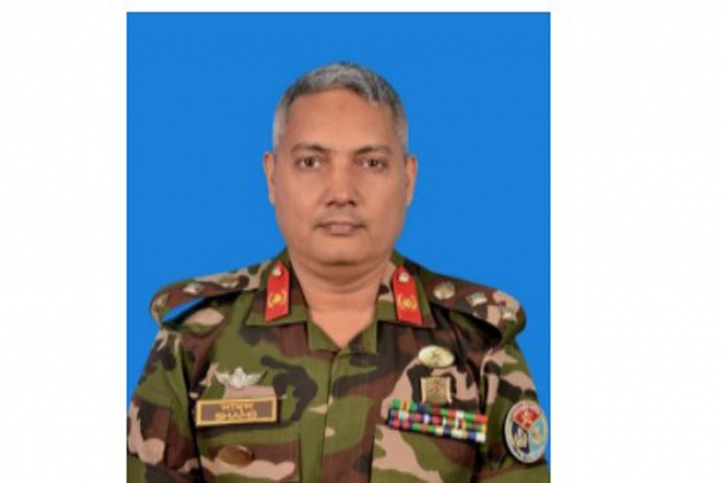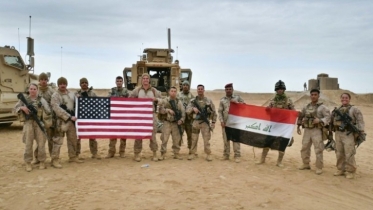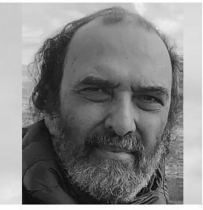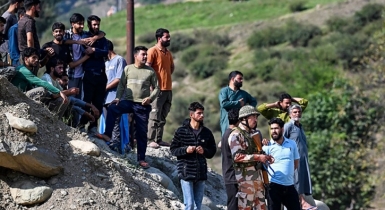
Bangladesh
Bangladesh as read in the boyhood, a picturesque village template appears in mind, with lush green fields, flowers at bloom, cheerful chirping birds meddling with the leaves and branches of the trees, shiny afternoon, cotton clouds and nothing but the beautiful rivers. The texture changes with the stroke of the paint brush with the pallet of Bengali six seasons and some blending of the mood of the artist is expected. Often it is full of flowers; obese bees swooping over the skewing plants for nectar, farmers carrying oversize bundles of rice on their heads with a sweat heavy but complacent face. Or, it might be a bullock cart waddling through the clay country road on a gloomy day while a pale cloud threatening to burst any moment and the bullocky hiding his face passing through the several bends appearing at a distance. Even fishes look happy with the raindrops on water; seem to be gossiping and relaxing on the surface without a fear while the overate sunbathing lazy kingfisher looking at them at an angle with a least interest for the catch. Clay pots on the bamboo are seen over haystacks that keep them free of agglomeration by incessant rainwater during monsoons. Children are at a play while dwellers are busy in daily activities as per occupation, they are all around but not in a rush, rather seems to be synchronized with the sun peeping through the indecent cloud, not enough to protect but scorching during middays.
In the year of 1971 the template changed, Bengalis being subservient to its own policy makers emerged with struggle, conviction of emancipation, and the spirit of freedom. Our freedom fighters, the artists of the canvas took over the responsibilities to paint the free and independent Bangladesh. They fought with all the imperatives that needed to win against a stronger opponent supported by countrymen and friends. Millions died, thousands wounded, while the uncountable innocent women and children were the worst victim. The women paid the indecent toll to the Pakistani forces even at a higher price.
8 April 1971, Lance Naik Munshi Abdur Rouf
In the month of April, the Bengalis traditionally remain festive to celebrate ‘Bangla Nobo Barsho’, in the afternoons, nor westers are also very common. Children to elders all enjoy in groups pursuing baby mangoes dribbling in the yard just released from the mother tree due to strong wind. In the local market, outstanding dues are cleared, and the accounts are closed with a cross mark on the pages of thin, red-bound Tally Khata. On the very first day of the year, sweets are served to the clients based on the dues and amount they paid; some are treated with single rasgullas, while others get a large one with nimkis.
It was not the same in April of 1971. While fighting in Rangamati of the Chittagong Hill Tracts area, Lance Naik Rouf and his detachment were given the responsibility to deny enemy movement through the waterway from Mahalchari towards Rangamati.
Accordingly, Rauf and his men prepared the machine gun bunker to deny enemy movement through the lake. On April 8, 1971, Pakistani forces, with seven speedboats and two launches, approached Rangamati with double strength. Once the Pakistani Force was within reach, the defender engaged them and stopped the advance. Upon resistance the Pakistani forces withdrew to a distance where the small arms fire of the Bengali Forces was less effective. By then, Pakistani forces had also identified most of the weapon positions of the defenders, and they started bringing indirect fire on to those location using mortars. At one point, the formidability of the defense was lost, and order was passed to defenders to avoid casualties and withdraw from the held locations for tactical reason. Lance Naik Rouf could anticipate that his Machine Gun was still effective as he could engage the attacking force from a greater distance than others allowing the Bengali forces the required buffer from the enemy effective fire. And to ensure further, he asked his men to withdraw while he alone remained with his machine gun in the bunker to cover their extrication. Enemy forces continued to shell his bunker and destroy it over time. He embraced martyrdom. He performed a great responsibility by sacrificing his own life ensuring the safety of his comrades. He was buried in his bunker on that small island, which he preferred to defend and free forever.
18 April 1971, Sipahi Mustafa Kamal
The day of April 18, 1971, was not the same for Doruin the village near Akhaura in Brahmanbaria district. It being washed off by the Haora, an offshoot of the river Titas, surrounded by lush green paddy fields changing hue as the breeze hugged them from one end to the other, rolling and rustling. Sometimes, it was a complete run; often the waves are incomplete and at an irregular order. Sweeping clouds creating strobes of sunshine did not attract any artist with a paintbrush on that day. But a young soldier from the 4 East Bengal Regiment sketched the roadmap of an independent Bangladesh with his Light Machine Gun. Sipahi Mustafa Kamal, a teenager of his early twenties, skillfully engaged the enemy as Pakistani forces launched a dawn attack, aiming to clear the Akhaura-Sylhet railway track. Determined to secure the area at any cost, they attacked with additional artillery and mortar fire support. Mustafa Kamal and his platoon valiantly resisted the enemy assault. But around midday, the Pakistani force gained momentum breaching the defensive positions of the Muktibahini, and the decision was made to leave the area and minimize casualties.
Achieving clean break from running fight against a decisive and numerically superior force is a very challenging and complex task. However, Mustafa Kamal, displaying a remarkable courage, decided to cover the withdrawal and voluntarily chose to stay back. Mustafa Kamal’s bravery and fight hindered the attacking force from pursuing and allowed necessary delay to achieve the clean break. He continued to hold his ground until he was out of ammunition and ensured the safety until he was tragically killed by the enemy. He didn’t give up and performed his duty sacrificing his life for the safety of his comrades.
20 Aug 1971, Flight Lieutenant Matiur Rahman
In 1971, the sufferings of the Bengali people are indescribable. Millions of refugees with tearful eyes concentrated in India. By August, the traditional landscape of Bengal was devastated due to the atrocity of Pakistani forces. Markets, villages, and houses were burnt into ashes; roads and bridges were disrupted, and the covetous claw of Pakistani forces had been tearing the veils of Bengali women. The flare of those burning villages and the sigh of distressed women never reached to West Pakistan. However, an artist of air operations, Flight Lieutenant Matiur Rahman, a qualified fighter instructor who was grounded by the Pakistani Air Force authority for no reason, had been planning to make a daring spot which would prevail throughout the history.
It is needless to say that, officers from East Pakistan had shown exemplary courage and brought success for Pakistan in every war the country fought. And, the achievements of the pilots are exemplary till today which also duly endorsed in the history of air campaign.
On that fateful day, prior to taking off for a training mission from Risalpur, West Pakistan, Pilot Officer Rashed Minhas was stopped in the tarmac by Matiur who was performing as duty officer. Approaching near to the aircraft Matiur signaled the pilot as if there was some problem that to be communicated. And all on a sudden he climbed aboard, secured the trainer seat, forcefully took off, leaving the other pilot taken aback and, in a fix, to react timely.
For the next few minutes, it was an unprecedented wrestling for control of the aircraft between the two pilots. The aircraft was on the air, flying very low towards the border of India. Any pilot, before flying a mission, needs to take deliberate preparation including essential lifesaving gears and communication equipment. But Matiur had nothing, and he didn't get the chance to buckle up himself with the pilot seat as well. At one stage, the Pakistani Pilot Officer could eject Matiur from the aircraft and jettisoned him out. Eventually the other pilot crushed with the aircraft. Matiur’s lifeless body was found some distance away from the crushed aircraft. Pilot Officer Minhas was also killed and his body was found on board. Some resemblance of the ashes of the blazed villages of Bangladesh replicated by Matiur in the desert of Thatta as the only instance of such courageous and unprecedented event in the history of air warfare.
To be continued
The writer is a Colonel of Bangladesh Army. He can be reached at shamsmoin@yahoo.com





































